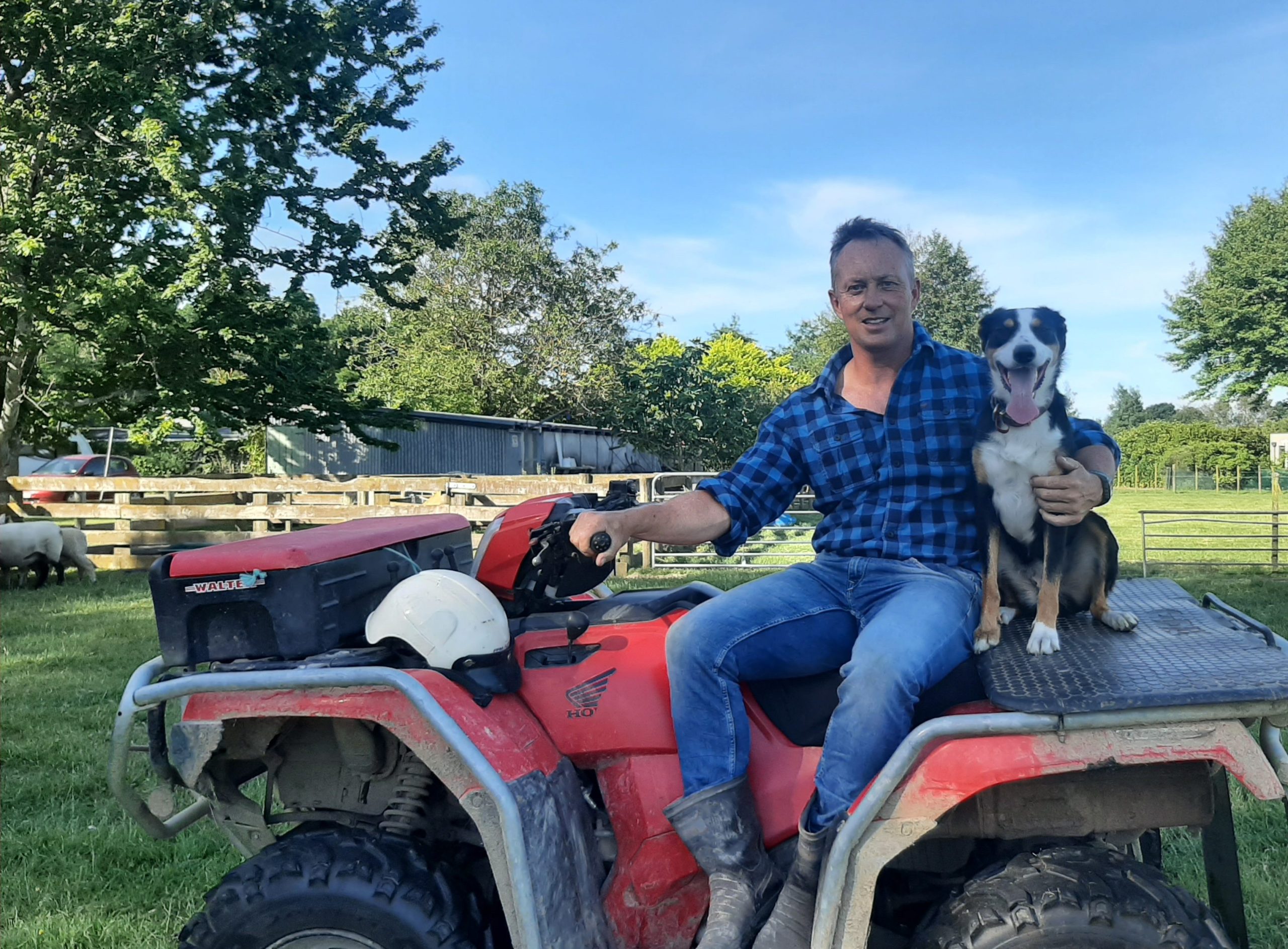By Annette Scott
Strategy is turning into action for Campaign for Wool New Zealand (CFWNZ), but there’s concern over losing land to grow its product.
As CFWNZ’s activity garners industry support, chair Tom O’Sullivan fears for the meat and wool industry’s future if good productive land continues to be turned into pine trees.
After the successful launch of its strategy in September, CFWNZ has begun the first round of its “live naturally, choose wool” consumer campaign.
With advertising across television, OnDemand, radio, print and digital, as well as consumer PR and a new website launching mid-December, CFWNZ has wasted no time getting their activity started.
“It’s very exciting to see our strategy turn into action so fast,” O’Sullivan said.
“This agility means we can start turning the dial more quickly.
“But I fear the repercussions of terrible government policy will have seriously negative impacts on the future of NZ and indeed the wool industry.
He cited a significant Hawke’s Bay breeding and finishing property under contract to a foreign buyer and destined for pine trees.
“This is a similar case for so many other beautiful productive farming properties in NZ at present,” he said.
“After being farmed as a productive pastoral property for so many decades, its move to trees will be one that will never be reversed and it will be lost to farming forever.”
O’Sullivan says his issue is not with real estate or vendors, but with government policy allowing this to happen.
“I understand it has been brought by a foreign-owned company, without any requirement for assessment by the Overseas Investment Office (OIO),” he said.
“The market is the market, but the policy needs a rethink.
“Land ownership versus forestry needs to be flagged and I put my hand up to that.
“There’s no eco-metrics on productivity, employment and meat and wool production versus 25 years of life in a pine forest.”
As the wool industry gets back on its feet the risk of good productive land to sustain the revived strong wool sector is of concern.
“Sheep farming is a big player in the NZ economy and the issue is about good productive land going to pine trees under inconsistent government policy that doesn’t make any sense in the bigger picture of the NZ economy,” he said.
In the meantime, CFWNZ is focused on delivering what O’Sullivan describes as bullish plans.
Recently appointed campaign manager Linda Calder will work alongside O’Sullivan and strategic consultant Kara Biggs to head up the campaign strategy as it gathers momentum.
Collaboration will be vital to bring partners and stakeholders onboard.
“This is just the beginning; we have already completed a longer-term strategy for global rollout,” he said.
“We know it’s the overseas markets where the really big wins will happen.”
Early in 2022 the team will be out in the community engaging with industry partners, manufacturers and retailers to share the full plans.
“Collaboration is vital as not only are we seeking buy-in and engagement from our stakeholders, we also know our partners have personal insights, wisdom and knowledge to share with us too,” he said.
“We need the right people, with the right skills and a fair bit of lateral thinking.
“We need to be accountable and objectively show progress with metrics in our research with data results.
“The only way we will have a thriving NZ wool industry again is by working together.”
Biggs says the trick is to line up all the activity at the same time using a diverse range of marketing channels.
“This means the message to ‘choose wool’ becomes heavily embedded in the minds of consumers when they are making purchasing decisions,” Biggs said.
“NZ acts as a strong test market before more activity is rolled out globally.”
Although the activity is aimed at consumers across the country, it is also turning heads in the industry.
The National Council of NZ Wool Interests (NCNZWI) is in support.
“It’s time for action and the CFWNZ is getting it done,” NCNZWI chair Craig Smith said.
“Not only are we in full support of the work they are doing, we are also actively collaborating with them by sharing information and insights, and vice versa.
“At the end of the day, the wool industry working together is the only way we can truly make change,” Smith said.
The vision for CFWNZ is for every bale of NZ wool to be made into profitable, sustainable wool products to be sold at a premium price to people who care about the future of the planet.
